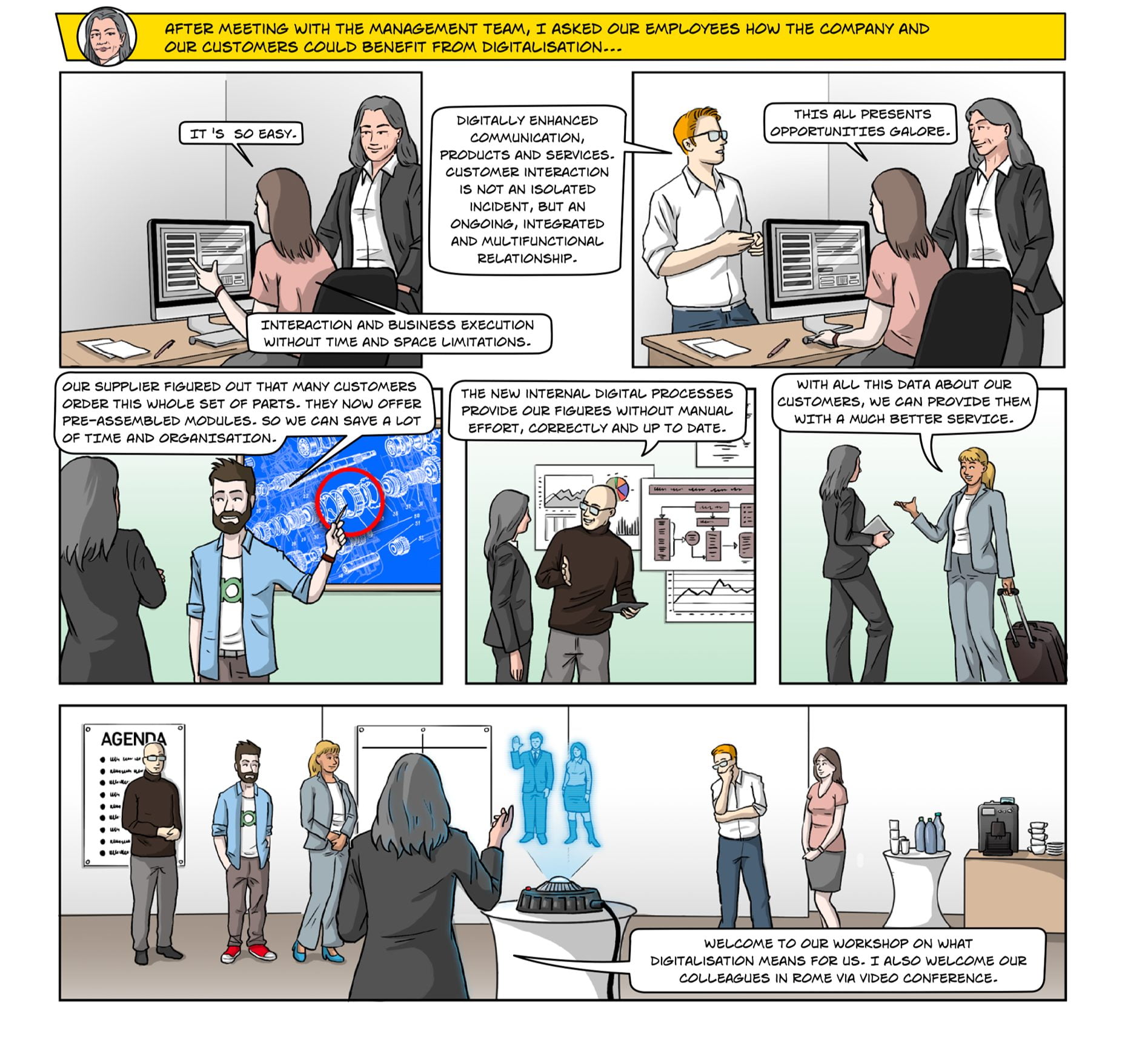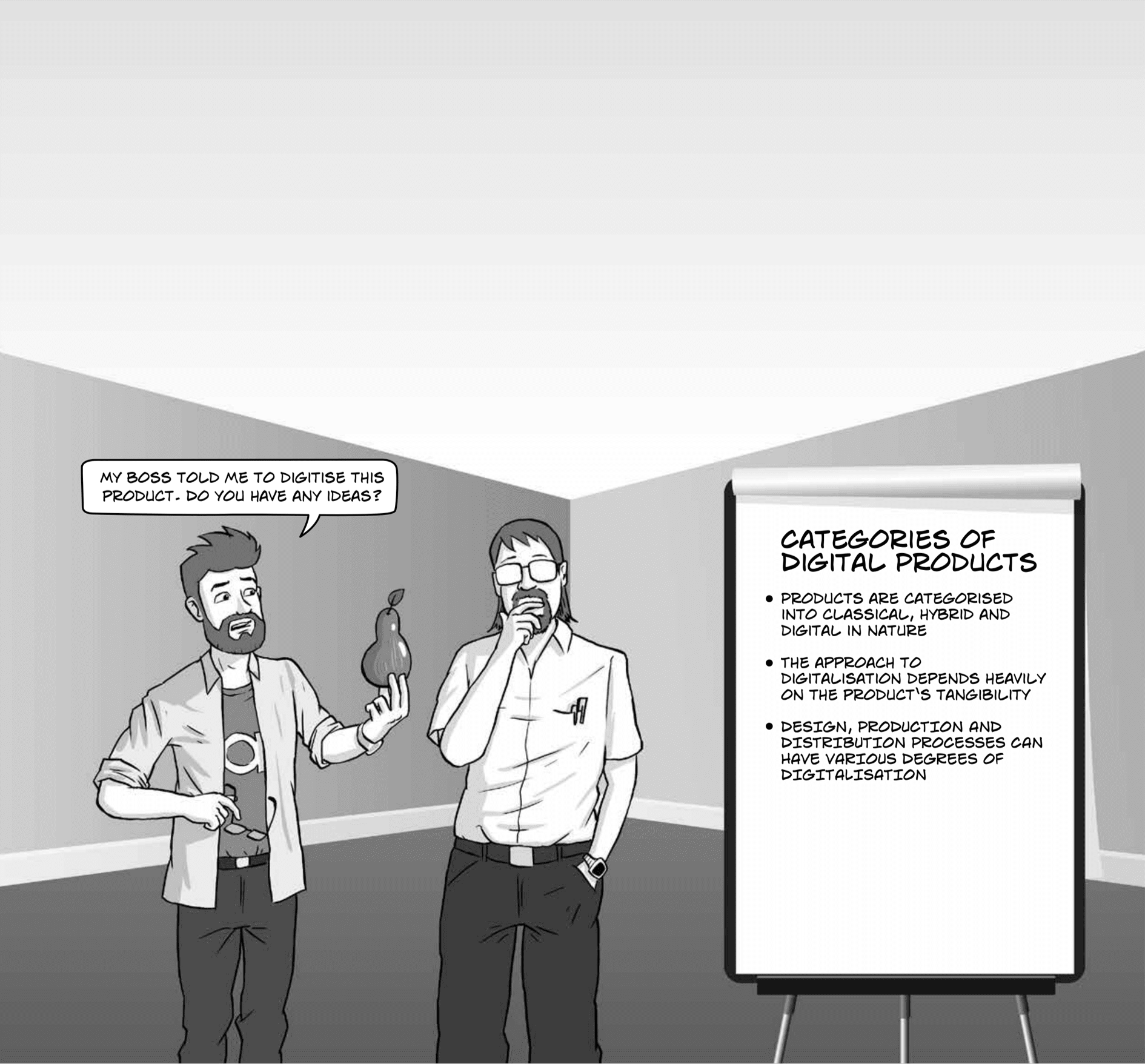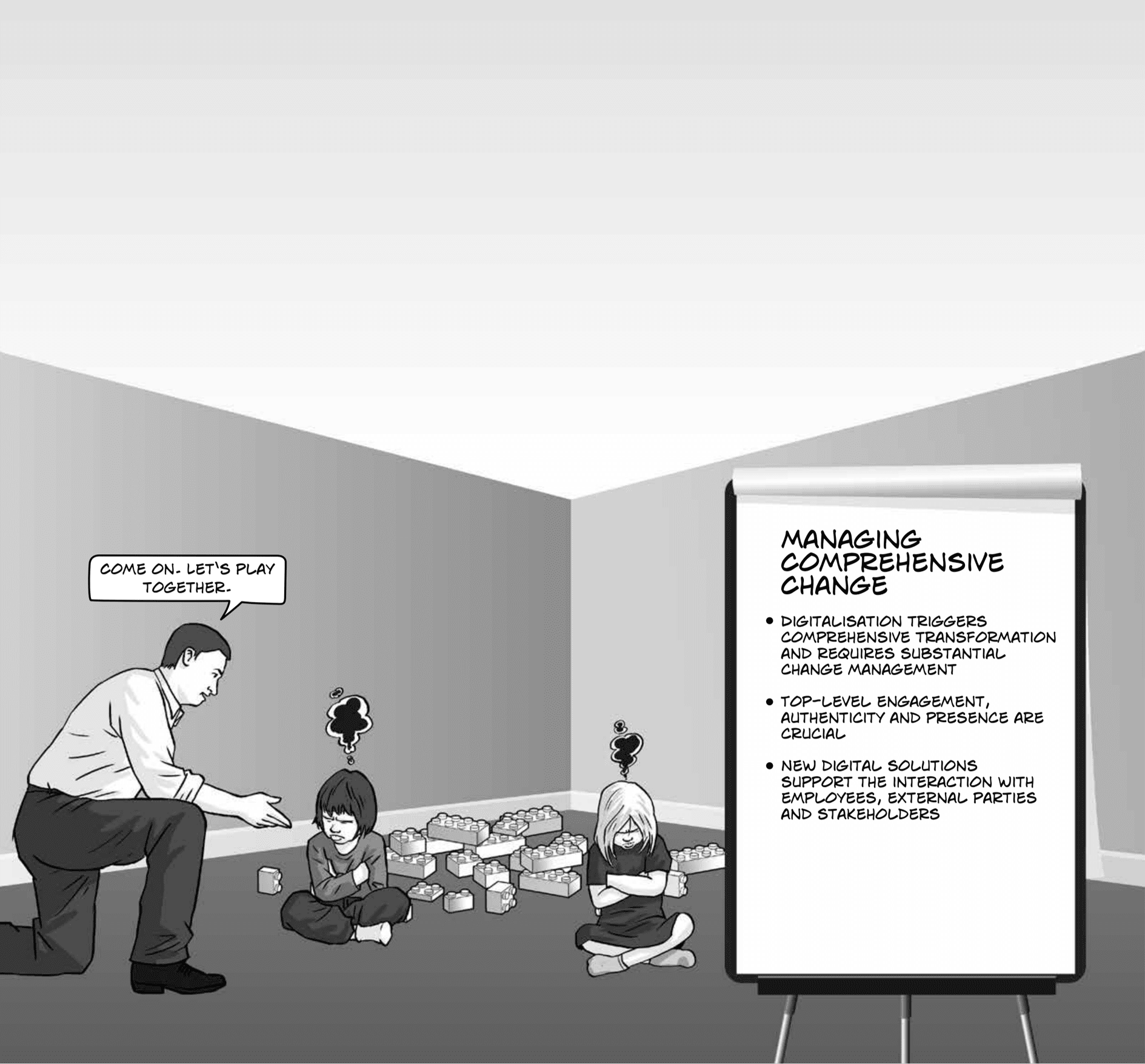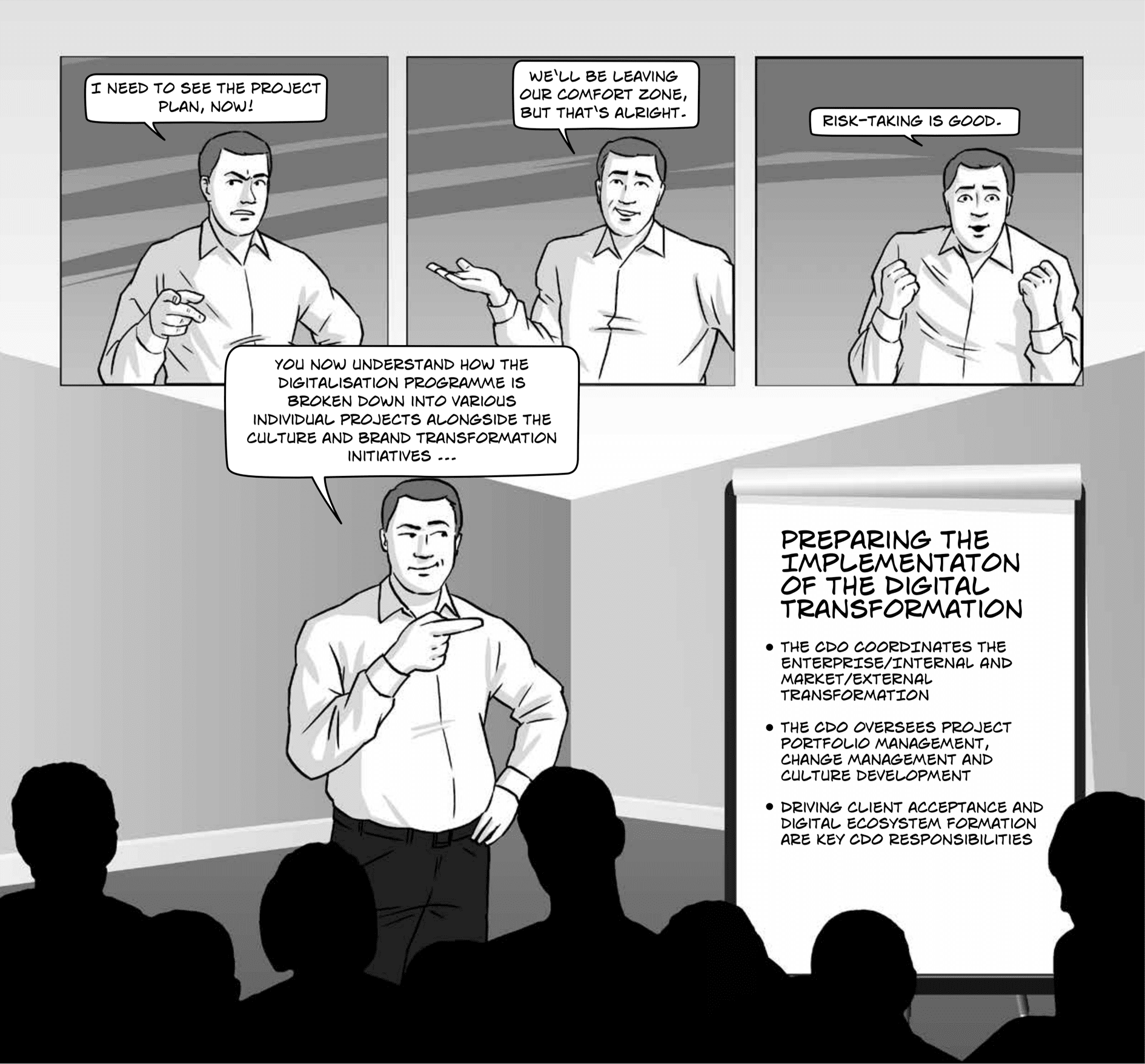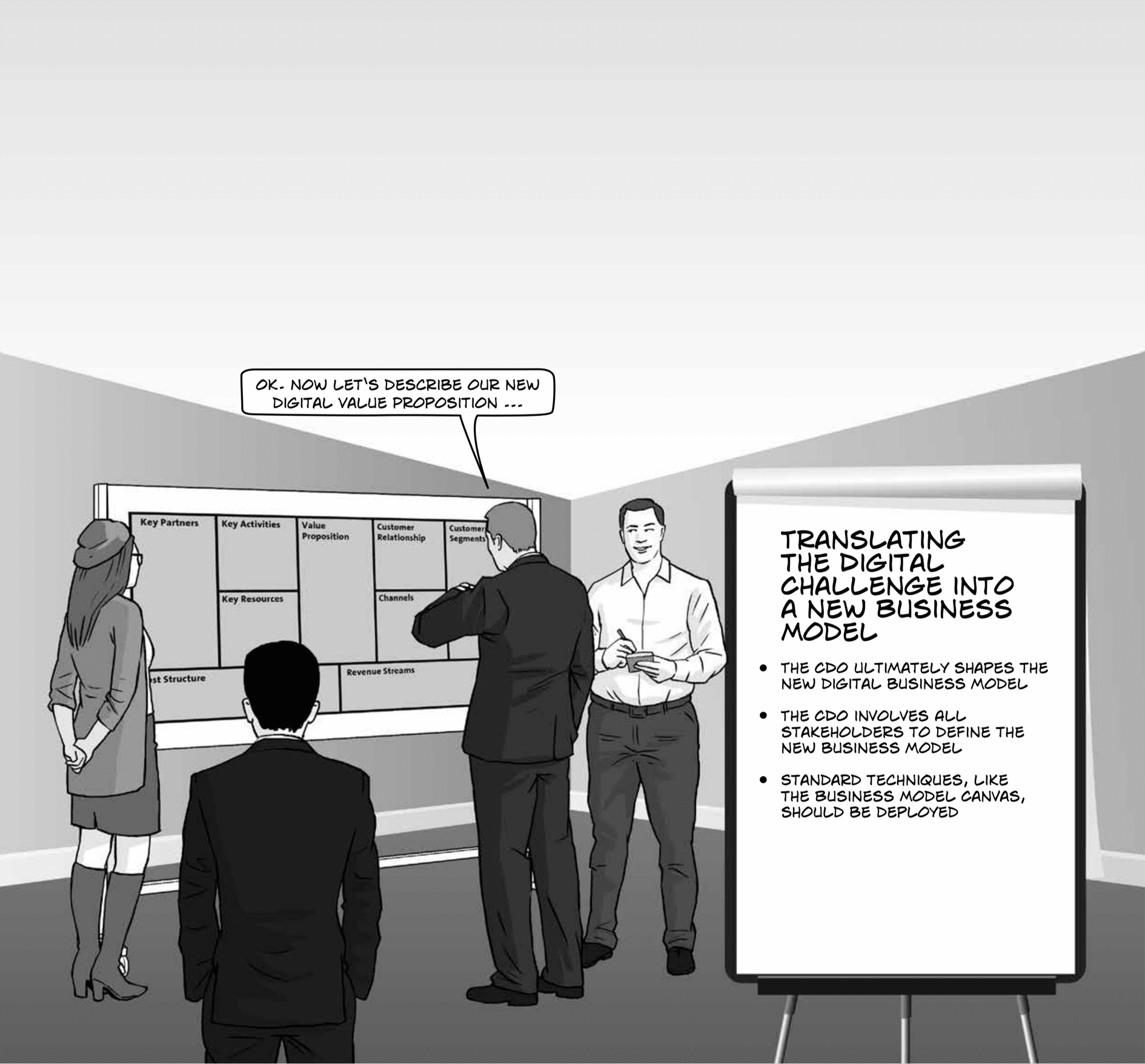Transformation initiatives typically aim at ambitious goals such as maintaining a competitive edge or driving revenue and growth opportunities. This article gives a summary of four chapters of the digital cookbook which explain how the ambitions on the program level can be broken down to individual projects: 1. All Projects Must Contribute To The Strategy , 2. Start With Business Modelling , 3. Service Modelling – Breaking Down Of Business Goals Into Business Services , 4. Customer Journey Mapping: Maximizing Customer Value And Understanding Customers. Read more and get all details…
Continue readingAgile Sin #2: No Business Vision
Nowadays, quickly changing markets are the norm for most industries. As a consequence, products, sales channels, brand image, and business models of any enterprise require ongoing attention. From time to time, tough decisions are needed, which change the direction of the business – for example, if companies abandon outdated product lines or enter new business areas with all their risks and uncertainties.
Continue readingChapter 4: Defining Digitalisation
Everybody seems to be using the term ‘digital’ today. Politicians are laying the foundations for the
‘digital revolution’, product companies have off-the-shelf-solutions for being a ‘digital leader’, and
consulting firms can help you with the ‘digital transformation’. However, you hardly ever find
anybody who can tell you exactly what ‘digital’ is; in fact, the term means different things to different
people. At one end of the spectrum are the rather simple features, such as replacing paper. At the
other end, ‘digital’ is a synonym for the transcendence of the industrial era.
4.2 Categories of Digital Products
This section defines what we mean by ‘digital products’. The digital product strategy of an enterprise defines the degree of digitalisation a product is subject to, i.e., the extent to which digital features are incorporated into the product. Based on the degree to which digital features have been incorporated into them, products are divided into three principal categories. Generally speaking, intangible products (e.g., a bank account) lend themselves to complete digitalisation, while tangible products (e.g., hardware produced in a manufacturing facility) cannot be virtualised but instead augmented with digital features.
Continue readingChapter 11: Executing the Digital Transformation
Now we come to the final chapter of this book. It discusses how to actually execute a digital initiative
at the project level. There are three paramount aspects of digitalisation in the day-to-day business of
project implementation: How to manage projects and properly capture their requirements. How to adapt a security strategy in highly distributed digital value networks. How to capitalise on the most valuable asset of the digital age – the data.
10.10 Managing Comprehensive Change
The digital transformation triggers massive change in the enterprise: interactions with customers, as well as those with new partners in the digital ecosystem, are established on a completely new basis. New business models for the enterprise are created and must be implemented thoroughly. New operational models in the enterprise must support these business models, usually requiring the new business processes and data usage to bridge historical departmental boundaries. All this triggers comprehensive change for the organisation. The challenges accompanying such change must be mastered carefully.
Continue reading10.3 Acquiring Digital Capabilities
The most common reason for organisations failing to succeed, even with good strategies, is the lack of adequate supporting capabilities needed for execution. Conversely, capability-aligned organisations perform at the top of their markets. Discrete capabilities can be more easily mixed and matched compared to traditional departmental functions, resulting in a more responsive organisation (BCG study) – a critical characteristic for digital success. Simply stated, ‘capability’ is the power or ability to do something. Many definitions of ‘what is digital capability’ exist in published literature and these range from very narrow, i.e. use of a specific set of digital features, to being quite broad, encompassing an enterprise’s adoption of digital.
Continue reading9.8 Preparing the Implementation of the Digital Transformation
More than 2,000 years ago, Sun Tzi said in his famous book, ‘The Art of War’: ‘Opportunities multiply as they are seized […] Management of many is the same as management of few. It is a matter of organisation.’ We are now at a stage where the CDO, the CDO’s team and the rest of the organisation, all major stakeholders of the digital change, have shaped the transformation ahead. The thrust of this comprehensive transformation has been laid out and agreed upon. The specific purpose and direction of the digital transformation have been shared and ratified. The CDO now must drive the transformation both within the company and with partners and customers.
Continue reading9.3 Business Portfolio Management
As discussed in the previous sections, the digital transformation of an enterprise requires a comprehensive reinvention of its business model. Such business model reinvention encompasses all its dimensions. In the context of Osterwalder’s Business Model Canvas (BMC),[1] the Value Proposition dimension of the BMC is the focal point. New value propositions are created in the digital transformation and existing ones might become obsolete, because they lack competitiveness against new digital competitors and/or need to be phased out to enable the enterprise to focus strategically. In other words, the existing business portfolio needs to be revisited.
Continue reading9.1 Translating the Digital Challenge into a New Business Model
As the first step to meet the enterprise’s digital challenge, its digital future must be shaped alongside an understanding of the necessary transformation, which we know is all-encompassing and involves the whole company. The CDO must determine the target state in cooperation with all stakeholders, both to gather the broadest possible input for the description of the digital transformation and also to create buy-in across the organisation from the outset. In order to mobilise truly strategic and creative thinking, intense workshops will be necessary, joining the Executive Board including the CEO, business owners and innovative internal employees, and external methodological and content experts.
Continue reading

